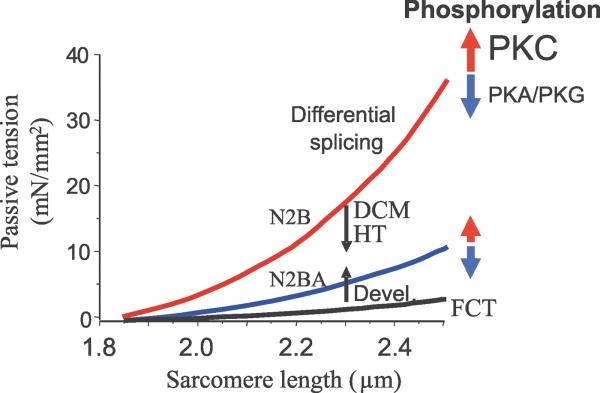Figure 6. Schematic of titin-based passive stiffness tuning-mechanisms.
Differential splicing gives rise to isoforms of distinct stiffness. During postnatal development (Devel) passive stiffness increases due to switching of fetal cardiac titin (FCT) to adult N2B and N2BA isoforms; hypothyroidism (HT) and dilated cardiomyopathy (DCM) alters splicing in the opposite direction. PKA and PKG phosphorylation reduces passive stiffness and PKC phosphorylation is a novel pathway that increases passive stiffness.

